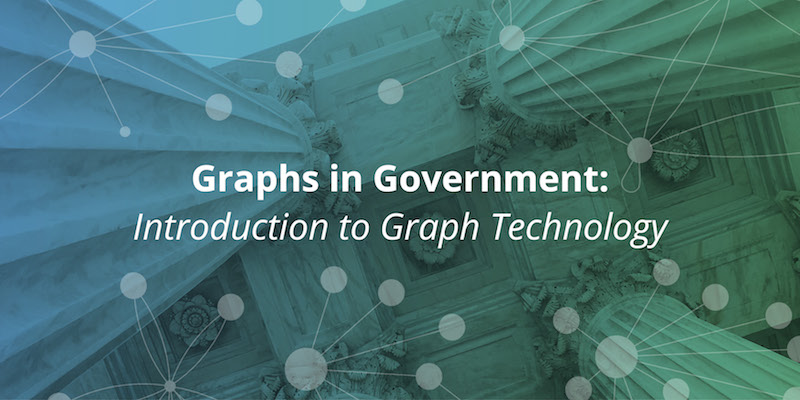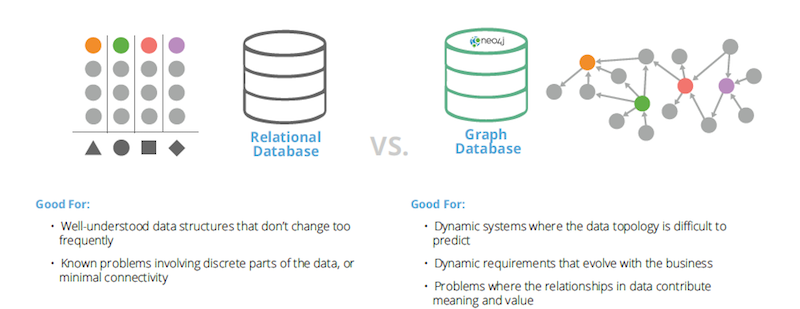Graphs are versatile and dynamic. They are the key to solving the challenges you face in fulfilling your mission.
Using real-world government use cases, this blog series explains how graphs solve a broad range of complex problems that can’t be solved in any other way.
In this series, we will show how storing data in a graph offers benefits at scale, for everything from the massive graph used by the U.S. Army for managing strategic assets to recalling NASA’s lessons learned over the past 50 years.
Graphs Are Everywhere
Everywhere you look, you’ll find problems whose solutions involve connecting data and traversing data relationships, often across different applications or repositories, to answer questions that span processes and departments.
Uncovering the relationships between data locked in various repositories requires a graph database platform that’s flexible, scalable and powerful. A graph database platform reveals data connectedness to achieve your agency’s mission-critical objectives – and so much more.
The Power of a Graph Database Platform
To understand the power of a graph database, first consider its collection-oriented predecessor, a traditional relational database.
Relational databases are good for well-understood, often aggregated, data structures that don’t change frequently – known problems involving minimally connected or discrete data. Increasingly, however, government agencies and organizations are faced with problems where the data topology is dynamic and difficult to predict, and relationships among the data contribute meaning, context and value. These connection-oriented scenarios necessitate a graph database.
A graph database enables you to discover connections among data, and do so much faster than joining tables within a traditional relational database or even using another NoSQL database such as MongoDB or Elasticsearch.
Neo4j is a highly scalable, native graph database that stores and manages data relationships as first-class entities. This means the database maintains knowledge of the relationships, as opposed to a relational database (RDBMS), which instantiates relationships using table JOINs based on a shared key or index.
A native graph database like Neo4j offers index-free adjacency: data is inherently connected with no foreign keys required. The relationships are stored right with the data object, and connected nodes physically point to each other.
Conclusion
As we’ve shown, a graph database enables you to discover connections among data, and do so much faster than joining tables within a traditional relational database.
Graph databases are as versatile as the government agencies that use them. In the coming weeks, we’ll continue showing the innovative ways government agencies are using graph databases to fulfill their missions.
Witness how leading government agencies are using Neo4j to overcome their toughest challenges with this white paper, Graphs in Government: Fulfilling Your Mission with Neo4j. Click below to get your free copy.
Read the White Paper





